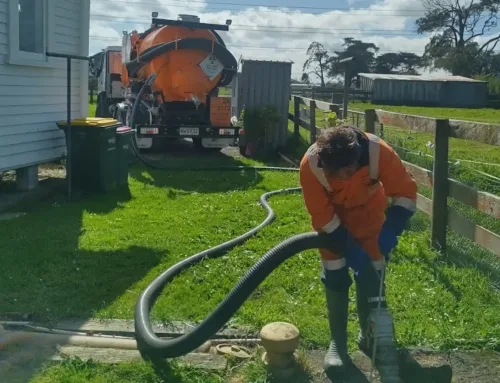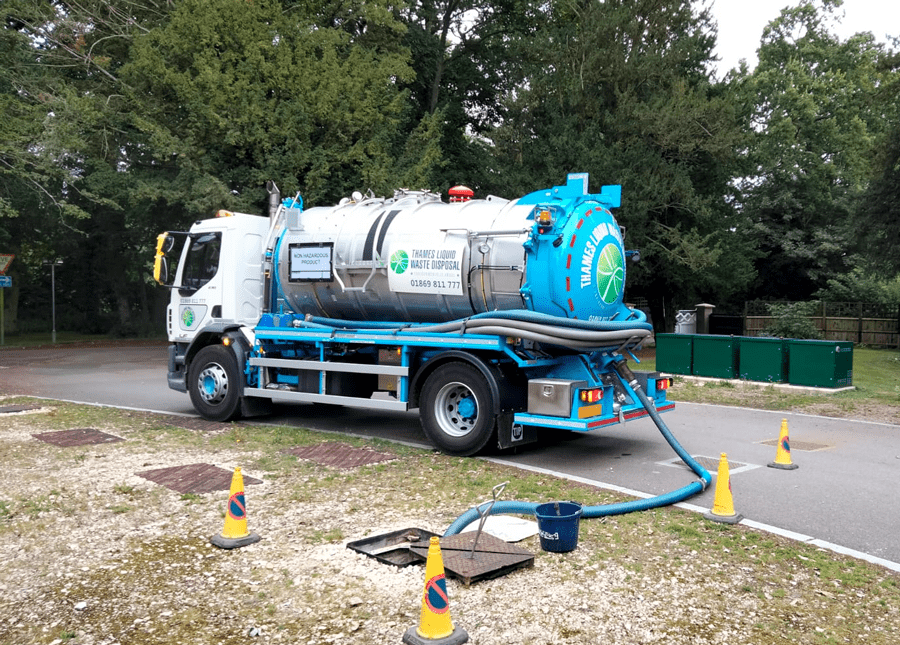Our Reclaim Waste Diaries
Our Reclaim Waste Diaries
Blog Article
How Reclaim Waste can Save You Time, Stress, and Money.
Table of ContentsGetting My Reclaim Waste To WorkThe smart Trick of Reclaim Waste That Nobody is DiscussingThe Definitive Guide to Reclaim WasteSome Ideas on Reclaim Waste You Need To KnowThe Facts About Reclaim Waste Revealed
Discover the types, events, and kinds of fluid waste. Domestic sewer waste describes the waste and items from a household septic system. This kind of waste is developed by human beings in residences, schools, and various other buildings. This only includes septic systems that have a drain field. The correct management and disposal of domestic sewage waste require liquid waste to be transferred to a sewer treatment plant where the correct approaches and tools are used to purify and deal with waste.
Business waste often includes potential dangers, such as combustible products or a combination of liquid and strong waste products, and needs an advanced and comprehensive disposal process. The disposal of industrial waste generally involves the purification of waste prior to transport to ensure secure and proper disposal. Hazardous waste is created from by-products and drainage of commercial procedures and production.
This kind of waste can not utilize the same sewage administration transport or processes as septic or industrial fluids. The hazardous waste administration procedure needs the assessment and screening of liquid waste prior to it undergoes the disposal procedure (liquid waste disposal melbourne). Runoff waste is the liquid waste that comes from runoff and excess stormwater in very inhabited areas or cities
Overflow waste can cause contamination and flooding if not dealt with properly. Find out more regarding drain cleaning and waste monitoring. Ensuring proper waste management can prevent disasters and lower ecological damage. Both people in domestic settings and professionals in industrial or manufacturing markets can gain from comprehending the procedures and laws of fluid waste administration.
Fascination About Reclaim Waste
Get in touch with PROS Providers today to learn more about our waste monitoring and disposal solutions and the proper ways to care for the fluid waste you produce.
(https://www.slideshare.net/leonaube33101)Do you know what takes place to your water when you draw the plug, purge the commode or drain pipes the washing device? No? Well, it's worth knowing. This so-called 'wastewater' is not only a vital resource but, after treatment, will be launched to our land, rivers or the ocean. Utilized water from toilets, showers, baths, kitchen sinks, washings and commercial processes is called wastewater.

water made use of to cool down equipment or clean plant and devices). Stormwater, a kind of wastewater, is drainage that flows from farming and city locations such as roofs, parks, yards, roads, courses and click reference seamless gutters right into stormwater drains pipes, after rain. Stormwater moves without treatment directly to local creeks or rivers, ultimately reaching the ocean.
Not known Details About Reclaim Waste
In Queensland, the majority of wastewater is dealt with at sewage therapy plants. Wastewater is transferred from domestic or commercial websites via a system of drains and pump stations, known as sewerage reticulation, to a sewage treatment plant.
The Division of Natural Resources advises city governments about handling, operating and maintaining sewerage systems and therapy plants. In unsewered locations, city governments might require homeowners to install private or house sewage therapy systems to deal with residential wastewater from toilets, cooking areas, shower rooms and laundries. The Division of Natural Resources authorizes the usage of house systems when they are verified to be efficient.
In some new subdivisions, therapy of some stormwater to eliminate clutter, sand and gravel has begun utilizing gross pollutant traps. Wastewater therapy takes place in four phases: Removes solid issue.
Wastewater then streams right into huge storage tanks where solids clear up and are gotten rid of as sludge. Oil and residue are skimmed from the surface area. Uses small living organisms referred to as micro-organisms to damage down and remove staying dissolved wastes and fine bits. Micro-organisms and wastes are integrated in the sludge. Removes nitrogen and phosphorus nutrients that could cause algal blooms in our rivers and intimidate aquatic life.
What Does Reclaim Waste Mean?
Nutrient removal is not readily available at all sewer therapy plants due to the fact that it needs expensive specialised equipment. Clear fluid effluent generated after treatment might still include disease-causing micro-organisms - liquid waste removal melbourne.

A lot of wastewater moves into the sewage system. Under the Act, regional governments administer authorizations and permits for ecologically relevant tasks (ERAs) entailing wastewater launches that may have a neighborhood impact.
The smart Trick of Reclaim Waste That Nobody is Talking About
Tracking gives valid info about water high quality and can confirm that permit problems are being met. The details acquired with surveillance provides the basis for making water high quality decisions.
Report this page